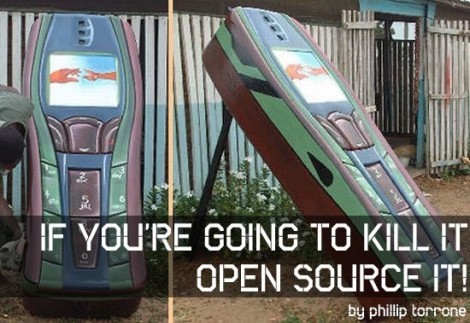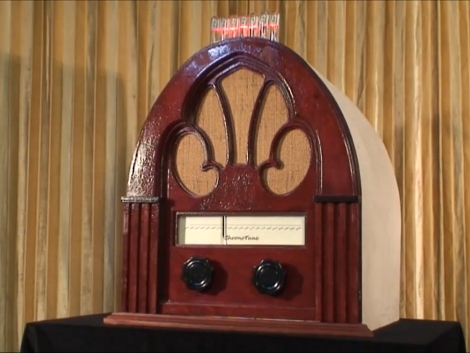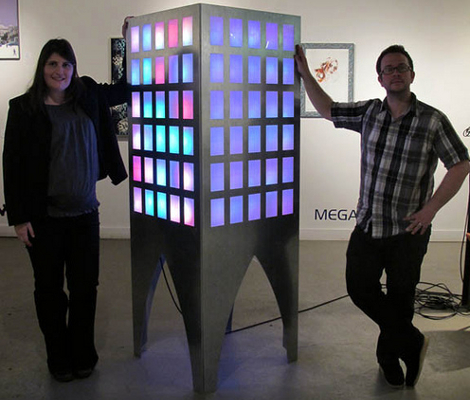
[PT] just published an editorial calling on manufactures to transfer knowledge about products they are discontinuing by making them open source. He makes his case on the basis that millions of dollars and innumerable man hours go into developing these products, only to be lost when the company decides that the project is no longer (or maybe never was) profitable. We have to say he’s got a point. Granted the answer to “why not?” is that companies don’t want to give any help to their competitors. But just think of the opportunities lost to society when we can’t build on the work of others.
Now [Phillip] doesn’t stop with his plea for new policies. He goes on to list and defend a few products that are already dead and buried, for which he wishes the secrets had first been shared. These include the Palm V personal data assistant, IBM’s Deep Blue, Sony’s robotic toys/pets, and several others. For what it’s worth, we can think of one company that’s a shining example of this; the source code for Doom, which id Software released for non-profit use more than a decade ago. Good for you id!













